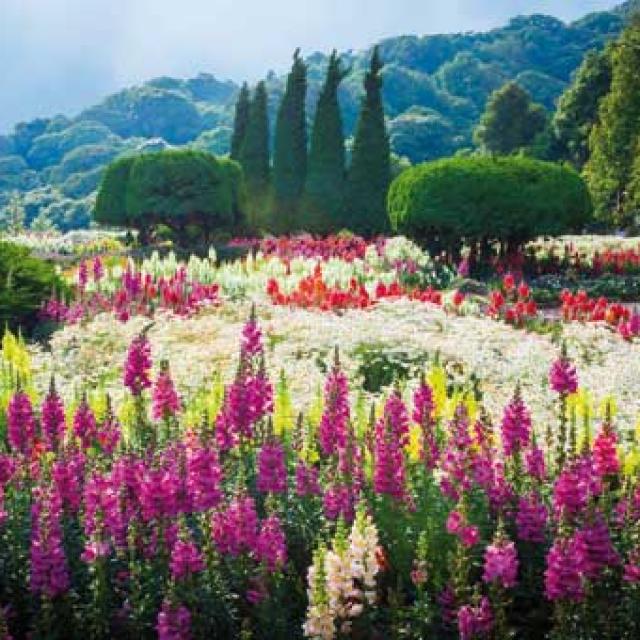It is hot, there are plants in the garden or on the balcony that we really want to survive…
Perhaps they will even have to cope with the owner taking a few days off (well-deserved!).
When is the best time to irrigate?
How can it be made more efficient?
What quantity to apply?

When?
Every day? It is best not to water too often but apply plentifully when you do. Irrigating every day is excessive and does not represent the ‘natural’ cycles that this would disrupt, leading to the occurrence of diseases and a rapid deterioration of the soil…
Morning or evening? Irrigating in the evening is the ideal solution during periods of hot weather because it reduces losses through the evaporation that occurs during the day.
Mornings are preferable if the nights are chilly and you are worried about night frosts (which applies to some regions in the autumn).
How to water?
The best way is to water directly from the neck or spout, i.e. without creating a ‘rainfall’ effect, or without using the spray head or ‘rose’.
By applying water directly to the base of the plants, you can avoid encouraging the growth of weeds and slug infestation and water losses are limited.
Certain vegetables, however, appreciate sprinkling, as in the case, for example, with cabbages and salad plants. And obviously this is a good way of watering your seedlings.
Water requirements
Categories of plants. Irrigation depends on the weather conditions (dry period, rainy period), soil type (clay or sand…) and the kind of plant.
The plants can be classified into 3 categories:
• those that require a lot of water: you must ensure that you water as soon as the soil is dry on the surface.
• those that have average requirements, which you will water as soon as the soil dries out, to a depth of 4⁄5 cm.
• finally, there are the ‘dry’ plants that can be watered infrequently, only when the soil is dry to a depth of 8⁄10 cm.
Protect your flower beds. You give the pipe full of water a quick tug and that’s it! A plant has paid the price for this action…
It is not difficult to avoid this type of disaster: it is better to plant in the corner of the flower beds or borders so that there are no stakes in the ground to snag the hose pipe.
Vegetables. The kitchen gardens have their own requirements…
• some vegetables only need to be watered very sparingly: garlic, onions, potatoes, asparagus….
• on the other hand, vegetables with a very developed leaf surface and/or which grow very quickly, have the correspondingly higher water requirements: courgettes, salad vegetables, tomatoes, aubergines, melons….
It’s a fine balance: too little water and your radishes will be small, dry and... very spicy. Too much water and they will inevitably develop a powdery mildew.
Mulching? In the summer? Oh yes! We ‘mulch’ in the winter to protect against frost, but in the summer, the mulch plays the same role of regulating the temperature, whether you use pine bark, straw or even small pebbles.
To prevent the temperature from increasing at soil level, the mulch limits the evaporation. And, furthermore, it restricts the growth of weeds, those thirsty plants that are in fierce competition with your beloved crop.
